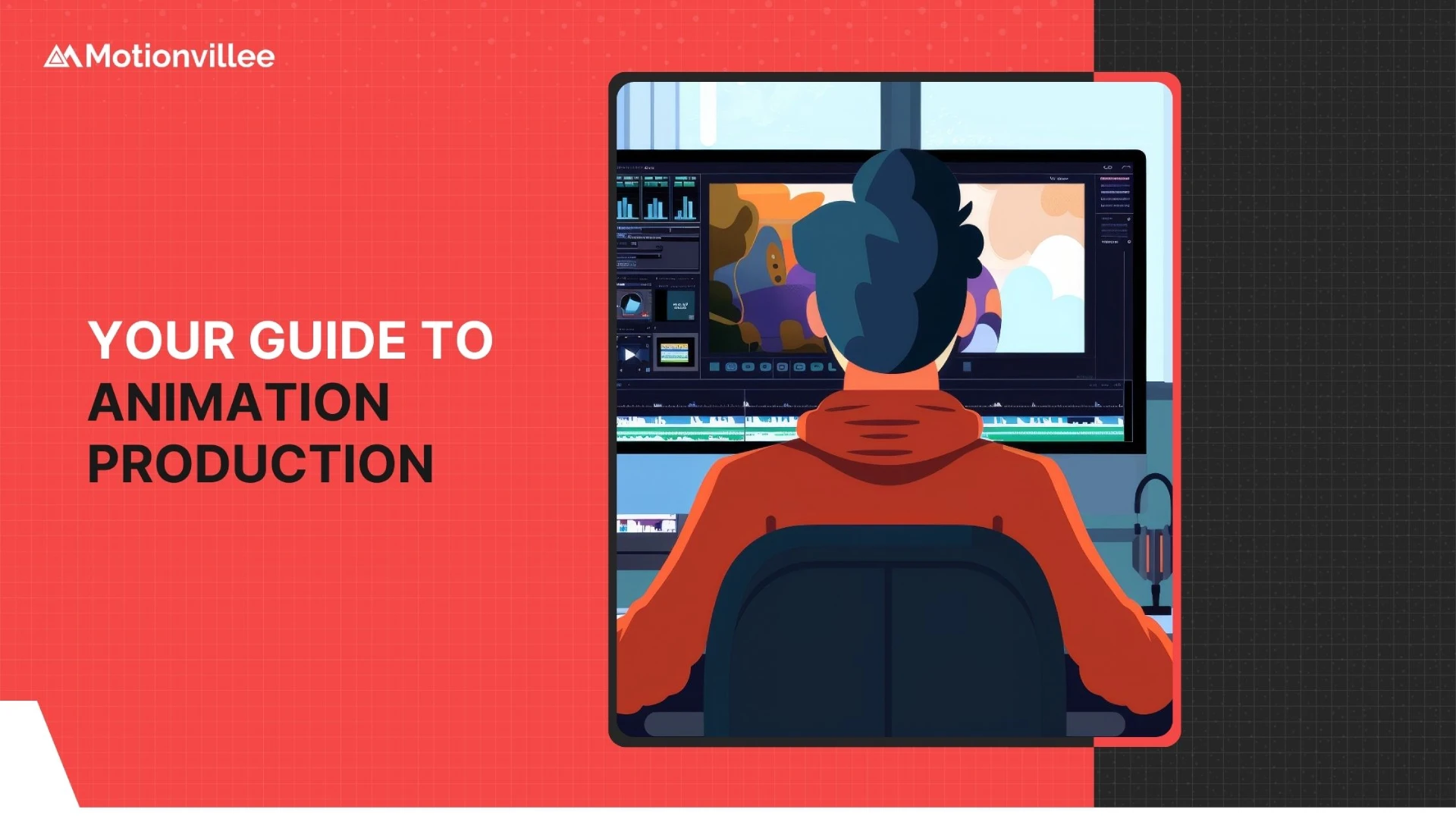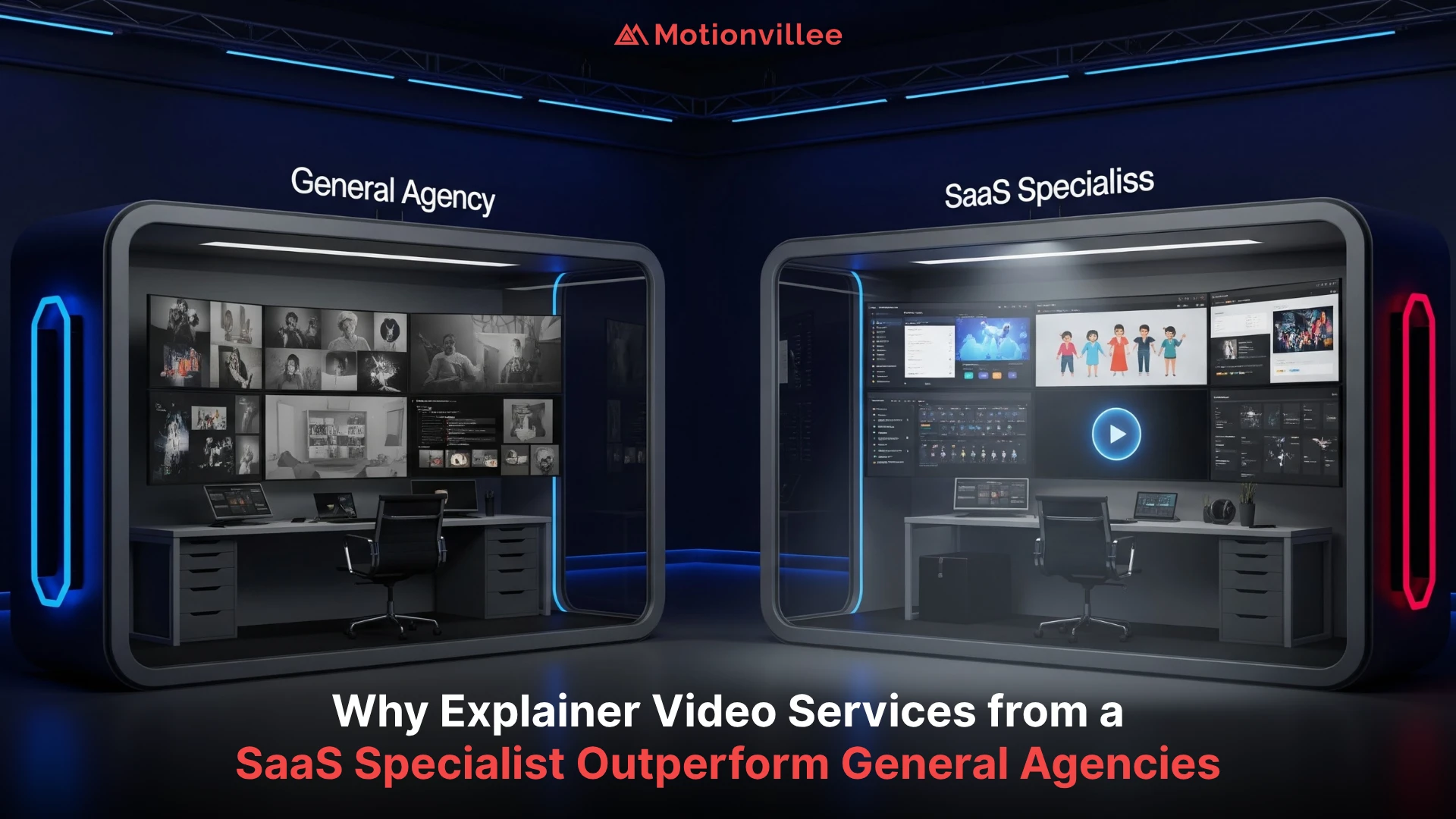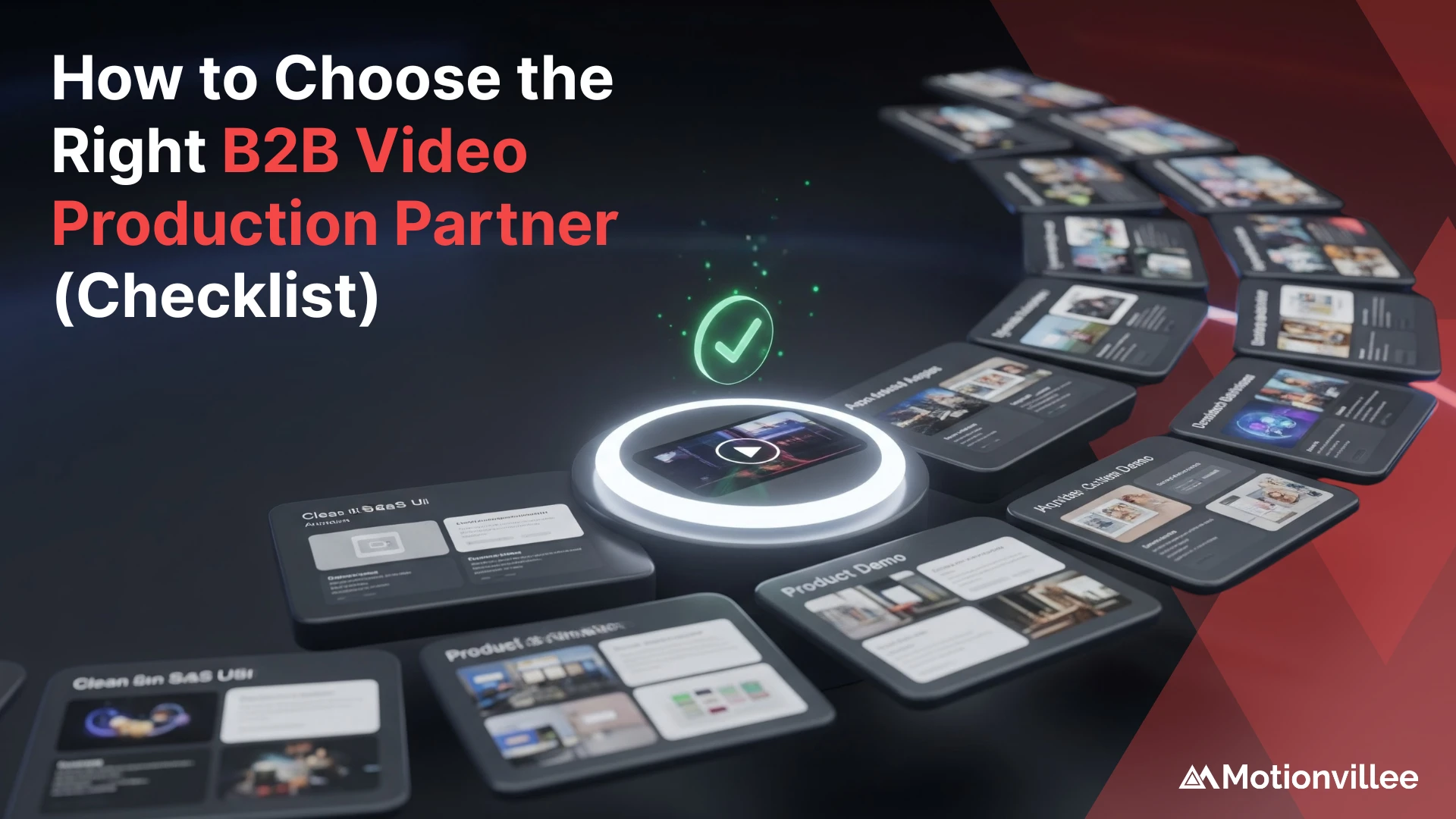Creating a powerful animation isn’t just about making things move on screen. The animation production process is a detailed journey that combines storytelling, design, timing, and sound. Every frame is shaped with intention, and every second of animation requires planning and teamwork.
For brands looking to communicate clearly and leave a lasting impression, animation offers a unique advantage. It can simplify complex topics and bring ideas to life in a way that’s both engaging and easy to understand. Whether it’s a product, service, or message, animation helps cut through the noise and grab attention.
But behind every polished animated video lies a structured journey. From the first idea to the final export, each step in the animation production process plays a vital role in shaping the final outcome.
In this guide, we’ll walk you through the entire animation production process, from writing the script to delivering the finished video. You’ll understand how each stage works and why it matters, especially when creating videos that connect with your audience.

Understanding the Animation Production Process
What Is the Animation Production Process?
The animation production process refers to the series of steps taken to create an animated video from start to finish. It’s not just about designing characters or moving visuals. It’s a thoughtful mix of creative storytelling, technical skills, and solid project planning.
The process typically includes scripting, storyboarding, design, animation, voiceover, sound design, and final delivery. Each stage builds on the last. Skipping or rushing any step can affect the final quality of the video.
What makes this process so effective is how structured it is. Having clear phases ensures everyone, from scriptwriters and designers to animators and clients, stays aligned. This reduces confusion and keeps the project on track.
When followed carefully, this process results in videos that are not just good-looking, but also meaningful. That’s what sets successful animated videos apart. They’re built on a strong foundation, with every element working together to deliver a clear and compelling message.
This process is especially important in animated video production, where timing, visuals, and voice must all sync perfectly.
Step 1: Scriptwriting – Laying the Foundation
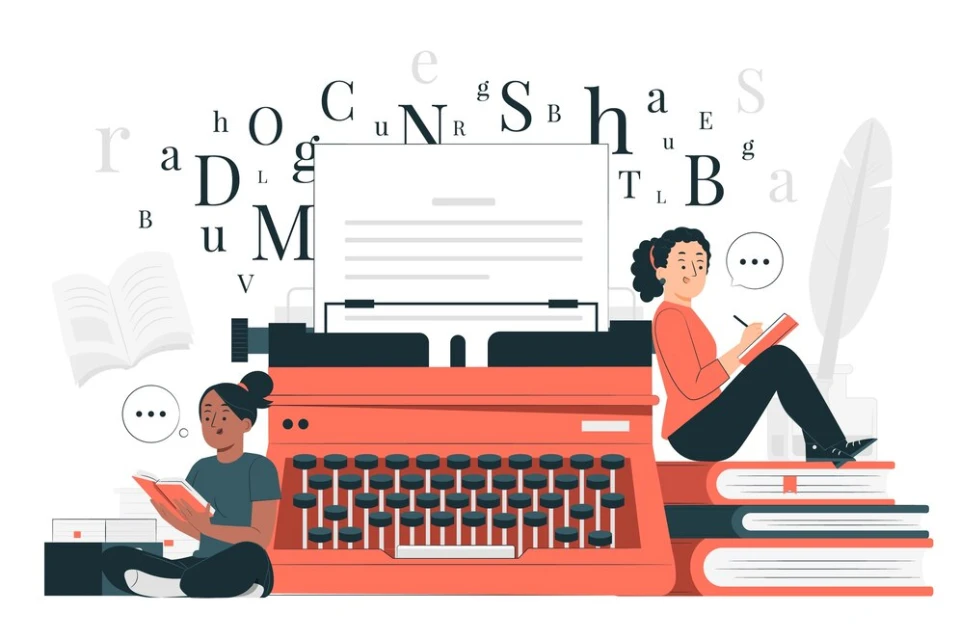
The Importance of a Strong Script
Every powerful animation starts with a script. Think of it as the blueprint. The visuals, pacing, voiceover, everything relies on the foundation built here.
In explainer animations, a well-written script doesn’t just explain. It connects, simplifies, and makes your message clear and memorable. Even the most stunning visuals won’t hold attention if the story lacks clarity or direction.
A strong script for an explainer animation video does three things:
- Delivers clarity: It breaks down complex ideas into plain language.
- Keeps it brief: It respects the audience’s time with short, sharp lines.
- Matches your brand’s tone: It speaks in a voice that feels consistent and trustworthy.
To make your script even more effective, it should reflect the audience’s needs. What are they struggling with? What matters most to them?
Example:
If a healthcare tech startup wants to promote its new app, a bloated script might say: “We leverage real-time data integration to synchronize patient monitoring systems.”
A smarter, simpler version says: “Track your patients in real time, without the paperwork.”
That difference matters. It speaks directly to the problem and offers a solution—clearly and confidently.
Key elements of a great animation script:
- Clarity of message
- Concise and targeted language
- A tone that matches the brand
- Audience-first language
- Natural transitions between scenes
This step is often where the magic begins. When the script works, the rest of the animation can shine. That’s why it’s a critical stage in animated explainer video production.
Step 2: Storyboarding – Visualizing the Vision

Why Storyboarding Is Crucial for Success
Once the script is ready, the next step is bringing those words into a visual format. This is where storyboarding comes in. A storyboard is essentially a blueprint, it translates the written script into visual scenes.
Each frame of a storyboard acts like a snapshot, helping everyone involved understand how the story will unfold on screen. It ensures that both creative teams and clients can align on the visual direction before any actual animation begins.
More than just a drawing phase, storyboarding is an essential planning tool. It helps anticipate timing, structure, and flow. When done right, it can save time, reduce revisions, and create a shared visual roadmap.
Here’s what goes into effective storyboarding:
- Rough sketches and scene breakdowns: Simple drawings are used to visualize how each part of the script will look on screen.
- Client collaboration: Teams work closely with clients to make sure the visual direction matches the brand’s message and goals.
Step 3: Design & Style – Creating the Visual Identity

Bringing the Script to Life with Design
Once the storyboard is approved, it’s time to dive into design. This phase is all about turning rough sketches into polished visuals. Designers create the characters, backgrounds, icons, and other assets that will make up the final animation.
Design plays a huge role in setting the tone and mood of the video. Every color, shape, and detail contributes to how the message is perceived. It’s not just about visuals, it’s about matching style with purpose.
At this stage, branding comes into play. Designers consider the client’s visual identity, voice, and goals to make sure everything feels cohesive and authentic. This makes design an essential pillar of any animated explainer video production.
Design essentials include:
- Color schemes: Specific colors evoke emotion and influence how a message is received.
- Character design: Characters should reflect the tone, audience, and message of the story.
- Scene layouts: A well-designed scene guides the viewer’s eye and keeps them engaged.
The result? A visual framework that perfectly matches the script’s message and sets the stage for animation.
Step 4: Animation – The Heart of the Production Process

Animating the Story
With approved visuals in hand, animators begin breathing life into the project. Animation turns static images into movement, creating a flow that keeps viewers engaged from start to finish.
Depending on the project, this could involve 2D animation, 3D modeling, motion graphics, or a mix of techniques. Each method has its strengths, and the right choice depends on the brand, the message, and the complexity of the story.
The animation phase is where everything starts to click. Timing, pacing, and visual rhythm become key. Animators also use movement to draw attention to important elements or ideas.
Animation isn’t just about motion, it’s about storytelling through motion.
Key animation techniques and considerations:
- Timing and pacing: Smooth transitions and well-timed sequences keep the story flowing naturally.
- Emphasis through motion: Animation can highlight the most important points of your message.
- Consistency: All animated elements should follow the design guidelines to maintain brand coherence.
This step takes the visual plan and makes it emotionally compelling and visually dynamic. A successful animation grabs attention and delivers the message clearly, without overwhelming the viewer.
Step 5: Voiceover & Sound Design – Adding Life to the Animation
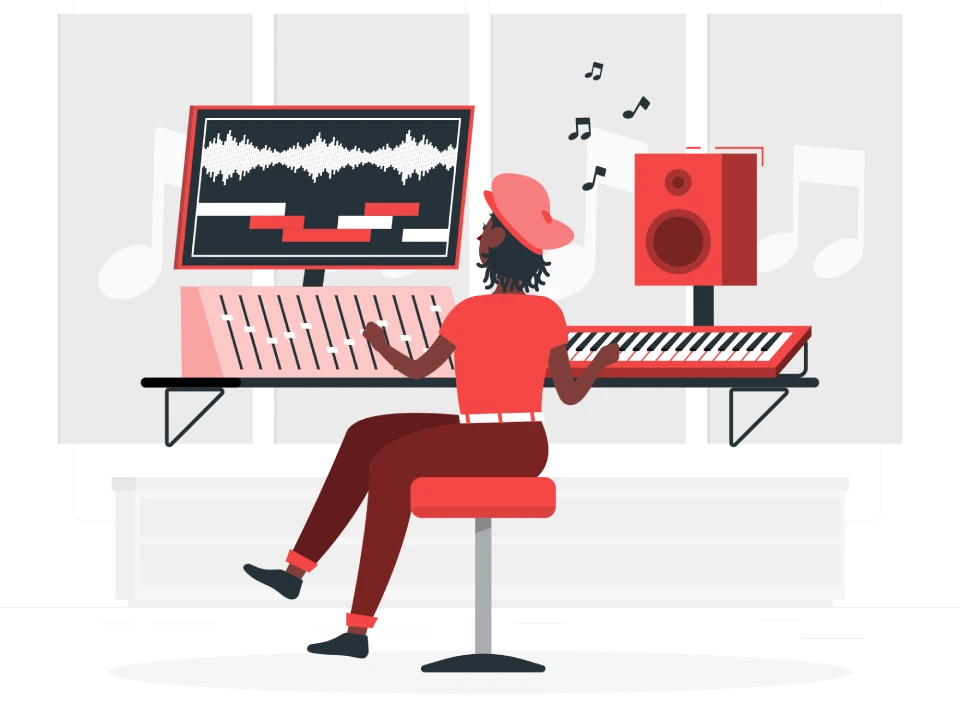
Why Audio Matters in Animation
Animation is a visual medium, but sound is what truly makes it come alive. Voiceovers and sound design bring emotion, clarity, and rhythm to the visual story. Without the right audio, even the most beautiful animation can fall flat.
The voiceover helps narrate the message and guide the viewer through the story. It must match the tone of the brand and speak directly to the target audience. Meanwhile, sound design, like background music and sound effects, adds atmosphere, enhances mood, and emphasizes important moments.
Recording a voiceover usually involves script approval, talent selection, and studio-quality recording. Once recorded, it must be perfectly synced with the visuals. This timing is key to making the animation feel polished and professional.
Key elements of this step include:
- The right voice makes all the difference: A friendly, confident, or authoritative tone should align with what the audience expects and understands.
- Sound effects and background music boost impact: Subtle sounds bring realism, while music sets the tone for emotion and pacing.
A great sound doesn’t draw attention to itself. Instead, it complements the visuals and creates an immersive, well-rounded experience.
Step 6: Final Review & Delivery – Ensuring Quality and Precision
Reviewing and Refining the Animation
Before an animated video is delivered to the client, it goes through a meticulous review process. This step ensures the final product is not only visually and audibly flawless, but also on-brand and effective.
During the review phase, the team shares a draft version of the animation with the client. The client reviews it for accuracy, branding alignment, tone, and messaging. Constructive feedback is gathered and addressed in a final round of edits.
This back-and-forth review ensures the animation delivers exactly what was envisioned from the start. Edits may include refining transitions, adjusting timing, swapping out sound elements, or updating graphics to better suit the message.
Once approved, the project enters the delivery phase. Here, the team exports the final animation in high-quality formats tailored to how it will be used, whether for a website, social media, presentations, or paid ads.
What happens during this phase:
- Attention to detail in the final edit: Every second of the animation is carefully refined to ensure clarity, consistency, and visual polish.
- Delivery in the right format: Clients receive files optimized for different platforms, such as MP4 for YouTube, MOV for presentations, or vertical formats for Instagram.
This step completes the animated video production cycle. It’s where months of planning, design, and animation come together as one cohesive and powerful storytelling tool.
Conclusion
The animation production process is more than a creative journey, it’s a strategic one. From scripting to storyboarding, from design to animation, and finally through sound, review, and delivery, each step plays a crucial role in creating a successful animated video.
A well-planned animation doesn’t just look good. It communicates clearly, aligns with the brand, and connects with the audience. Skipping a step or rushing through any phase can lead to an underwhelming final product.
That’s why working with an experienced team matters. At Motionvillee, we understand how to guide projects from concept to completion with creativity and precision. We focus on making every frame count, so your message is clear, engaging, and unforgettable.
Ready to bring your story to life?
Let Motionvillee craft your next animated explainer video, handled with care, expertise, and a passion for storytelling.


